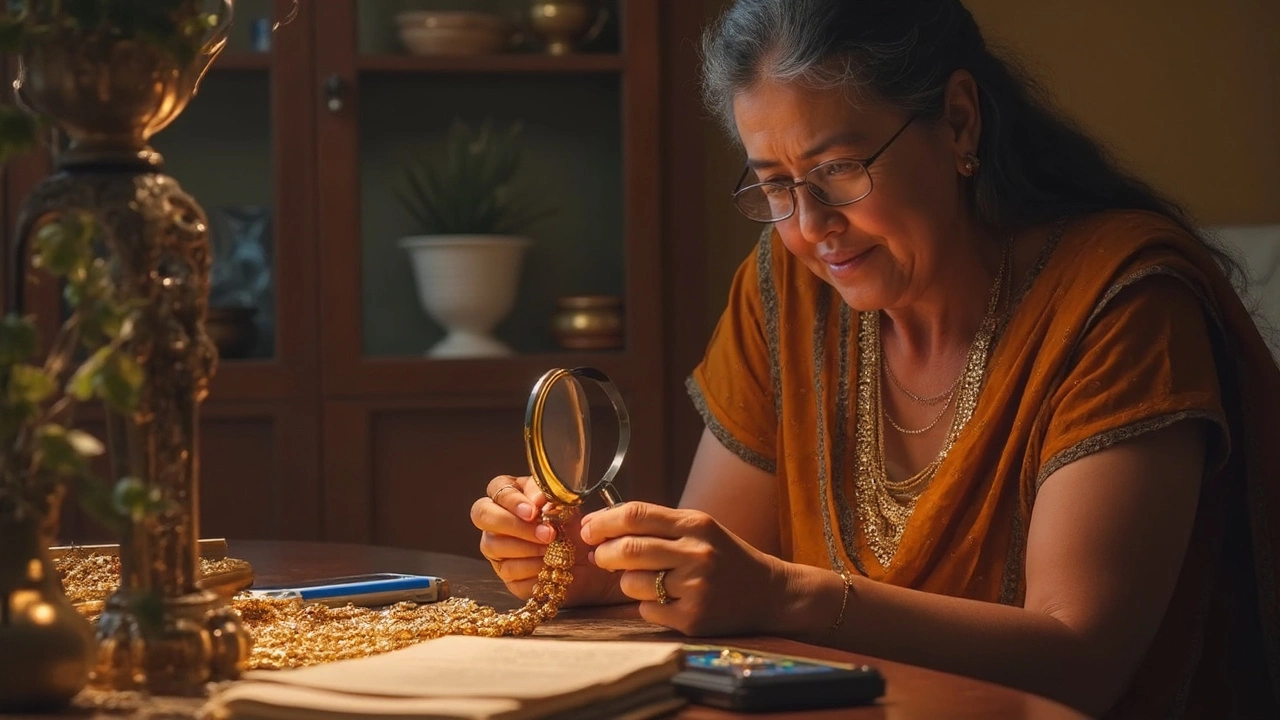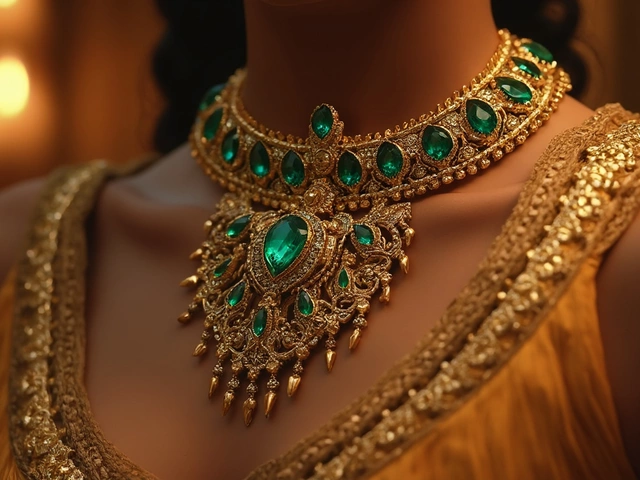Jewelry Worth: Quick Ways to Find Out What Your Pieces Are Really Worth
Ever wonder if that gold pendant you inherited is worth more than you think? You’re not alone. Many people keep jewelry in a box and never check its real value. The good news? Figuring out jewelry worth isn’t a PhD‑level task. With a few simple steps you can get a solid idea of what you have and how much it could fetch.
Key Factors That Determine Jewelry Worth
Metal purity. The first thing to look at is the metal. Gold is marked with a number like 22K, 18K or 916. In India, you’ll also see stamps like 875 (21K) or 750 (18K). The higher the karat, the more pure gold you have, and the higher the baseline price. Silver uses marks like 925 (sterling) or 833 (92.3%). Check the BIS hallmark to confirm authenticity.
Weight. Once you know the purity, weigh the piece on a precise scale. Gold prices are quoted per gram, so multiply the weight by the current market rate. A small 5‑gram 22K ring can be more valuable than a heavier 10‑gram 14K piece because of the higher gold content.
Gemstones. Diamonds, rubies, emeralds, and sapphires add a big chunk to the price. Look for clear stamps indicating carat weight, cut, and clarity. If the stones aren’t marked, you may need a jeweler’s appraiser to confirm quality. Remember, a low‑grade cubic zirconia is cheap, while a certified 0.5‑carat diamond can sky‑rocket the worth.
Brand and design. Certain Indian brands—like Tanishq, Kalyan, or heritage houses—hold resale value better than generic pieces. Classic designs (solitaires, traditional motifs) often sell faster than trendy, overly ornate styles.
Condition. Scratches, missing stones, or broken clasps reduce value. A well‑kept piece that still looks like new can command a premium, especially if the hallmarks are intact.
Practical Tips to Maximize Value
First, always verify hallmarks. Use a magnifying glass to read the tiny stamps. If you can’t find any, the piece might be plated or mixed with other metals, which lowers worth.
Second, get a professional appraisal before you sell. A certified gemologist can provide a detailed report that buyers trust. It’s a small cost that often pays off in a higher selling price.
Third, consider timing. Gold prices fluctuate seasonally; many buyers report lower rates in summer and higher peaks around major festivals. If you’re flexible, wait for a dip to buy or a rise to sell.
Finally, keep documentation. Original purchase receipts, certification papers, and any previous appraisal reports add credibility. When you list a piece online or show it to a dealer, those papers can boost confidence and lead to better offers.
Bottom line: Knowing jewelry worth is all about checking purity, weight, stones, brand, and condition. Use these quick checks, get a professional opinion when needed, and you’ll avoid getting stuck with a lowball deal. Happy hunting—and may your jewelry bring you both style and smart returns!
How to Find Out What Your Jewelry Is Worth: A Hands-On Guide to Antique Designs
Ever wondered about the real value of your old jewelry? This article breaks down clear steps for figuring out what your antique pieces are actually worth. You'll learn where to look for clues, how to avoid costly mistakes, and when to get a professional opinion. Plus, get smart tips on getting the most accurate reading of your jewelry's value. Ideal for anyone sitting on family heirlooms or flea market finds.





